Question of the Week: What Is the ID of All These Black Moths?
The recent appearance of black moths has raised questions, but according to ISA Outreach Agronomist, Stephanie Porter, they are adult green cloverworms. Typically found in soybeans and various other plants, they are not considered serious pests.
Contribute Your 2023 Soybean Harvest Samples for Quality Survey
Join the 2023 Soybean Quality Survey and send in your harvest sample for free! Dr. Seth Naeve of the University of Minnesota welcomes farmers across the United States to take part. Your individual results will remain confidential and assist in identifying top-quality soybean varieties.
Waterhemp Seed Collections Needed from Illinois Soybean Fields
To better understand the level of resistance to Group 15 herbicides, Dr. Aaron Hager is seeking waterhemp seed collections from Illinois soybean fields. Results will be used to provide farmers with recommendations on how best to incorporate these herbicides into integrated weed management programs.
New ISA Agronomy Plots ‘A Fresh Start’
Soybean and cover crop plots made their debut at this year’s Farm Progress Show presented by the Illinois Soybean Association.
Reminder: Submit Soybean Samples for Stem Pest Survey
Dr. Nick Seiter and his team will carry out dectes stem borer counts in soybean fields across Illinois this fall. These counts, beginning during the R7-R8 growth stages, aim to gather valuable data on this stem pest and contribute to improved management strategies.
I Believe In the CCA Program
ISA Soy Envoy, Karen Corrigan, discusses various criticisms directed towards the Certified Crop Adviser (CCA) program and highlights the importance of CCAs in the agronomy profession.
Every Sample Counts: Submit Soybeans for 2023 Quality Survey
Participate in the 2023 Soybean Quality Survey and send in your soybean harvest sample for free. Dr. Seth Naeve from the University of Minnesota invites all U.S. farmers to contribute, and your individual test results will be kept confidential while helping identify the highest-quality soybean varieties.
Optimizing Soybean Harvest for Maximum Yields and Profitability
During harvest, optimizing soybean moisture and timing is crucial for efficiency and yield. Illinois Soybean Association Soy Envoy, Kris Ehler, offers valuable insights and tips, emphasizing the importance of monitoring moisture levels and modifying the combine for field conditions.
Harvest to High Yields: Combine Residue’s Impact on Wheat and Double Crop Soybeans
High yield for wheat and double crop soybeans starts now with the combine. Illinois Soybean Association Soy Envoy, Kelly Robertson, shares insight into preparing the combine to roll through the field and residue management for timely and even emergence of wheat and double crop soybeans.
Managing Southern Root Knot Nematode in Illinois Soybean Fields
The Southern root knot nematode presents a substantial risk to soybean yields. In this video, Illinois Soybean Association Soy Envoy, Leo Rocha, discusses symptoms in the field to watch for and shares strategies for control of this pest.

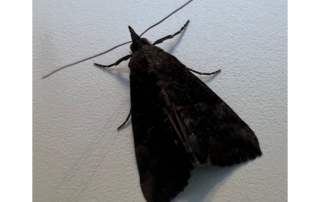

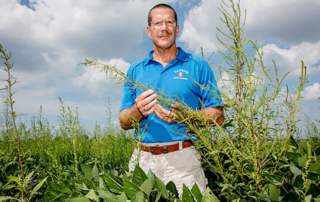
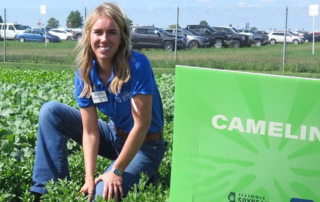
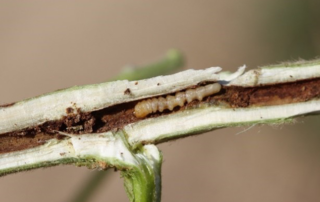
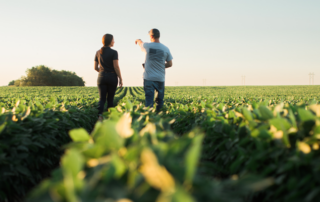

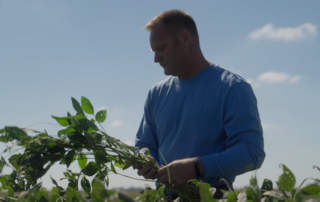
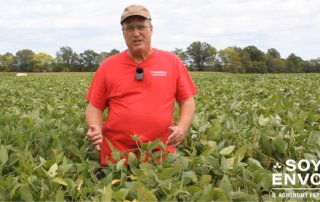
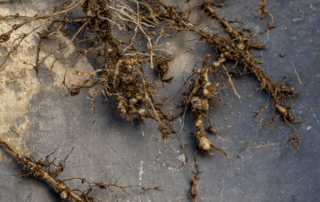

 and then
and then